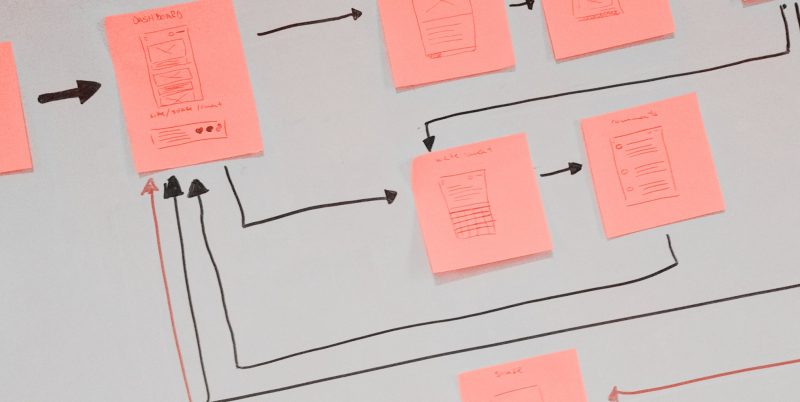Author
Rafael Fremd

“Product discovery” is how we name the process in which we transform client’s ideas, thoughts, problems and insights into a high-fidelity prototype. Generally, the entrepreneur or product owner has an idea in his mind. We facilitate the process of taking those thoughts, understand the possible users, get deeply immersed in the market, and then transform all that information into a usable, self-explanatory prototype that looks good and is easy to use and understand. It is important to share and validate the concept, receive feedback, test the idea and learn from real users.
Implementing this process before developing the actual solution it is not just economical and fast, it is also smart. The prototype will help product managers to understand better if the need is a real need, giving users the chance to share their opinion around the solution. This information should be used to make decisions about priorities and the possible future roadmap.
Even though iterating is generally good, doing it early is double as important. The other relevant element is the iteration pace: doing it during the design phase is cheaper, quicker and easier than iterating when the actual product is being built.
The objective of this article is to share some of the most important not obvious learnings we have had while designing products for our clients and for us. Dozens, literally dozens in the last few years.

1. Product discoveries are not all the same.
At first glance, all product discovery processes seem to be similar. Some words are repeated once and again and again: wireframes, mockups, components, prototype, screens, user stories, pain-points, etc.
Reality is quite the opposite: every product we have built so far, have something different to discover, design or implement from scratch.
2. Processes are made to be followed; and challenged.
Let’s be clear: processes are made to be used and followed. The team leader is responsible for strictly protecting processes. Every step is important for the next one and for the overall goal.
But, as said before, every client and product is unique. When our guts are telling us something different than the process is saying, we should at least stop and listen to them – and think.
We welcome thoughts such as: “Ok, according to the process we should now implement some specific exercise… But… what if instead, we go two steps ahead or go back to the starting point?” It might enlighten the team: helping understand the big picture or showing where should the focus be directed.

3. Breaks make the work faster and better.
Some might think that if they invest many hours in front of screens or make lots of wireframes and tests, the goal will be achieved fast and the prototype will be ready soon. Experience has taught us it does not work like that.
Sometimes brakes are necessary: asking for feedback on what we have done so far to external people, looking for references outside the client´s market, conducting research of trends, for example, are powerful brakes. At a first glance, interruptions seem to be distracting, but when they are planned, they are not. They add perspective to the team, feedback highlight errors and the research process is generally enlightening, not just because of the findings, but also because the exercise feels like a breath of fresh air. Breaks are generally a positive and effective boost.
4. Iterations are necessary, but not infinite. Time is finite.
The product discovery phase generally takes between four and six weeks. It involves listening to stakeholders, analyzing features competitors, and trends, making presentations, receiving feedback, adjusting designs accordingly, etc. We could invest months looking for the perfect product trying to satisfy all people involved, iterating once and again and again; the truth is that the most – maybe only- important stakeholder is the real user. Thus, finishing the product discovery phase is important, even when the product is not 100% defined. Previous assumptions and ideas are worth zero, comparing to real user’s feedback and insights. Product discovery processes should finish, because that’s when the real learnings begin.

5. The more we know, the less we know.
Product discoveries processes aim to find something unique: a powerful insight, some gesture, an innovative product. For that, in Moove It we have incorporated practices from different parts of the world and universities, we have studied multiple authors, gained experience from clients and colleagues and we have implemented dozens of product discoveries. And yet, we still get surprised every time on how we feel every time we start a new process: that feeling of not knowing where are we heading, that uncertainty, boost our spirits and make us enjoy the ride.



